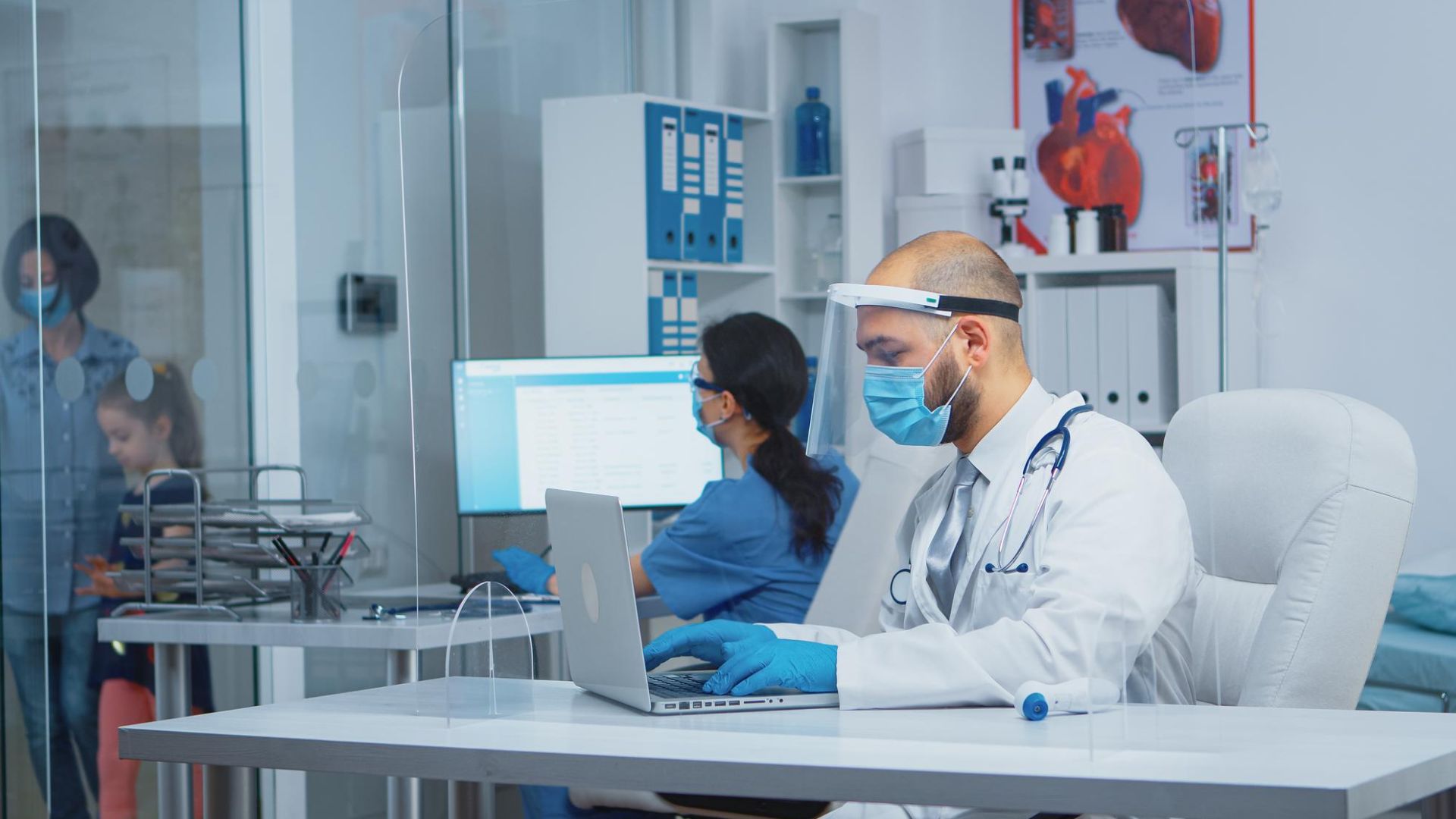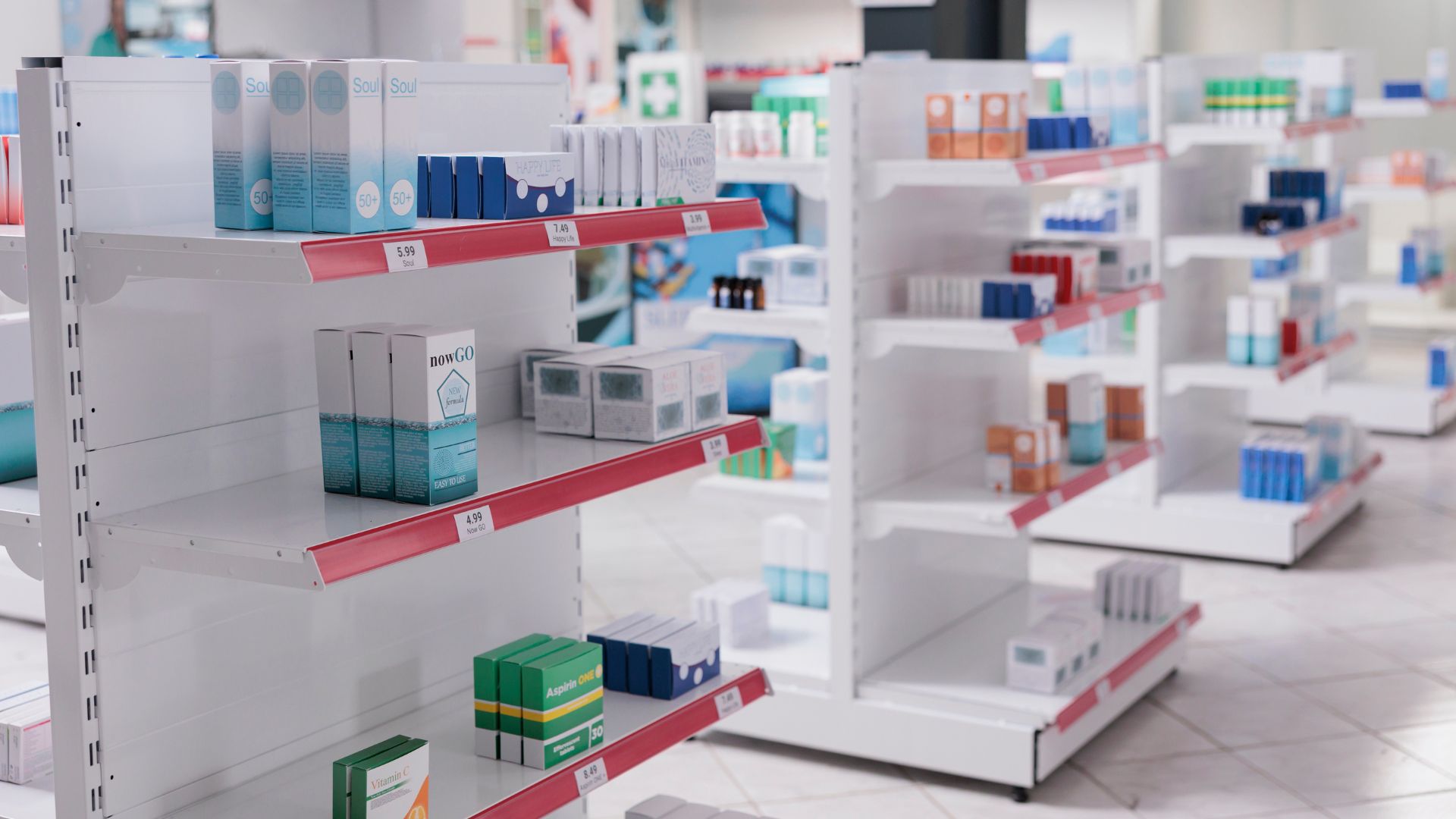Unexpected Ways IT is Improving Healthcare
In recent years, information technology (IT) has profoundly transformed various sectors, including healthcare. The integration of IT in healthcare has led to significant improvements in patient care, operational efficiency, and overall healthcare outcomes. This blog explores some of the most surprising ways IT is improving healthcare, drawing on insights from various sources.
1. Enhanced Patient Care and Safety
One of the most impactful ways IT is improving healthcare is through enhanced patient care and safety. Electronic Health Records (EHRs) have completely changed how we store and access patient information. EHRs allow for seamless sharing of patient data among healthcare providers, ensuring that all relevant information is available when needed. This not only reduces the risk of errors but also enhances the quality of care provided.
Moreover, EHRs facilitate better coordination among healthcare teams, enabling more informed decision-making and personalized treatment plans. For instance, doctors can quickly review a patient’s medical history, allergies, and previous treatments, ensuring that new treatments do not conflict with existing conditions. EHRs also support clinical decision support systems (CDSS) which provide evidence-based recommendations to healthcare providers, further enhancing patient safety and care.
Another significant benefit of EHRs is the reduction in duplicate tests and procedures. When patient records are easily accessible, healthcare providers can see what tests have already been conducted, avoiding unnecessary repetition. This not only reduces healthcare costs but also spares patients from redundant and sometimes invasive procedures.
2. Telemedicine and Remote Monitoring
Telemedicine has emerged as a critical tool in healthcare, especially during the COVID-19 pandemic. IT is improving healthcare by made it possible for patients to consult with healthcare providers remotely, reducing the need for physical visits and minimizing the risk of infection. Telemedicine platforms enable video consultations, secure messaging, and remote monitoring of patients with chronic conditions.
Remote monitoring devices, such as wearable health trackers, allow continuous tracking of vital signs, providing real-time data to healthcare providers. This enables early detection of potential health issues and timely interventions, ultimately improving patient outcomes. For example, patients with chronic conditions like diabetes or heart disease can have their vital signs monitored remotely, ensuring that any signs of deterioration are promptly addressed.
The benefits of telemedicine extend beyond convenience. It also provides access to healthcare for individuals in remote or underserved areas, where medical facilities may be scarce. This democratization of healthcare access ensures that more people receive timely medical attention, regardless of their geographic location.
3. AI and Machine Learning in Diagnostics
Artificial intelligence (AI) and machine learning are transforming diagnostics in healthcare. AI algorithms can analyze vast amounts of medical data to identify patterns and predict potential health issues. For example, AI-powered imaging tools can detect abnormalities in medical images with high accuracy, assisting radiologists in diagnosing conditions such as cancer at an early stage.
Machine learning models are also being used to predict patient outcomes and identify high-risk patients, allowing for proactive management of health conditions. This not only improves patient care but also optimizes resource allocation in healthcare facilities. For instance, predictive analytics can forecast which patients are most likely to develop complications after surgery, enabling preemptive measures to be taken.
By analyzing a patient’s genetic information, lifestyle, and other factors, AI can recommend treatments that are most likely to be effective. This approach is particularly beneficial in oncology, where treatments can be tailored to target specific genetic mutations found in a patient’s cancer cells.
4. Improved Efficiency and Reduced Costs
IT is improving healthcare by streamlining administrative processes in healthcare, leading to improved efficiency and reduced costs. Automated systems for appointment scheduling, billing, and insurance claims processing minimize manual errors and speed up administrative tasks.
Additionally, IT systems enable better inventory management and procurement processes, reducing wastage and ensuring that medical supplies are available when needed. This contributes to cost savings and more efficient use of resources in healthcare facilities. For example, hospitals can use predictive analytics to forecast demand for specific medications or equipment, ensuring they are adequately stocked without overordering.
Moreover, IT solutions are facilitating more efficient communication within healthcare organizations. Secure messaging platforms and collaborative tools enable healthcare teams to share information quickly and securely, improving coordination and reducing delays in patient care. This improved communication can be particularly valuable in emergency situations, where timely information sharing is critical.
5. Data Analytics for Better Decision-Making
Data analytics is playing a crucial role in transforming healthcare. By analyzing large datasets, healthcare organizations can gain valuable insights into patient populations, treatment outcomes, and operational efficiency. Predictive analytics can identify trends and patterns, helping healthcare providers make informed decisions and improve patient care.
Healthcare providers are also using data analytics to improve patient care at the individual level. For example, by analyzing data from wearable devices, providers can identify patterns in a patient’s health metrics that might indicate a potential problem. This allows for early intervention and potentially prevents more serious health issues from developing.
6. Enhanced Patient Engagement and Experience
IT is also improving patient engagement and experience. Patient portals and mobile health apps allow patients to access their health information, schedule appointments, and communicate with healthcare providers from the comfort of their homes. This empowers patients to take an active role in managing their health and enhances their overall experience.
Moreover, personalized health recommendations and reminders through mobile apps encourage patients to adhere to treatment plans and maintain a healthy lifestyle. This leads to better health outcomes and increased patient satisfaction. For instance, apps can remind patients to take their medication, follow exercise routines, or attend scheduled appointments.
Telehealth platforms also provide patients with access to educational resources and support groups, enabling them to better understand their conditions and connect with others facing similar health challenges. This can be particularly beneficial for patients with chronic conditions, who may benefit from ongoing support and education.
7. Genomic Medicine and Personalized Treatment
Advancements in IT have facilitated the growth of genomic medicine, which focuses on tailoring medical treatments to individual genetic profiles. IT systems can analyze genomic data to identify genetic mutations and predict how patients will respond to specific treatments.
Genomic medicine has shown great promise in treating conditions such as cancer, where targeted therapies based on genetic information can significantly improve patient outcomes. IT plays a critical role in managing and analyzing the vast amounts of data generated in genomic research, making personalized treatment a reality. For example, next-generation sequencing technologies can rapidly sequence a patient’s genome, providing valuable information for developing targeted therapies.
In addition to cancer, genomic medicine is also being applied to other areas of healthcare, such as pharmacogenomics, which studies how genes affect a person’s response to drugs. By understanding genetic variations that influence drug metabolism, healthcare providers can prescribe medications that are more likely to be effective and have fewer side effects for individual patients.
8. Blockchain for Secure Data Sharing
People are looking into using blockchain technology to safely share data in healthcare. Blockchain provides a decentralized and immutable ledger that ensures the integrity and security of health data. This technology can be used to securely share patient information among healthcare providers, ensuring that data is accurate and up-to-date.
Blockchain also has the potential to enhance patient privacy by giving patients control over their own health data. Patients can grant or revoke access to their data as needed, ensuring that their information is only shared with authorized parties. This level of control can increase patient trust in the healthcare system and encourage more people to share their health data, ultimately benefiting public health research and care.
Moreover, blockchain can streamline administrative processes by providing a transparent and tamper-proof record of transactions. For example, it can be used to track the supply chain of pharmaceuticals, ensuring that medications are authentic and have not been tampered with. This can help stop fake drugs from being sold and make patients safer.
9. Virtual Reality and Augmented Reality in Medical Training
Virtual reality (VR) and augmented reality (AR) are completely changing how medical training and education are done. VR and AR simulations provide immersive learning experiences for medical students and professionals, allowing them to practice procedures and develop skills in a safe and controlled environment.
For example, VR can be used to simulate complex surgeries, enabling surgeons to refine their techniques before performing them on actual patients. AR can provide real-time guidance during procedures, overlaying digital information on the surgeon’s field of view. This makes things more accurate and lowers the chance of mistakes. Medical students can also use VR to study anatomy and physiology in a more interactive and engaging way, improving their understanding and retention of complex concepts.
VR and AR are not limited to training; they are also being used in patient care. For instance, VR can be used for pain management, providing patients with immersive experiences that distract them from pain during medical procedures or rehabilitation. AR can assist in patient education, helping them visualize their conditions and treatment plans more clearly.
10. Robotics in Surgery and Rehabilitation
Robotic technology is making significant strides in surgery and rehabilitation. Surgical robots, such as the da Vinci Surgical System, provide greater precision and control during minimally invasive procedures. These robots enable surgeons to perform complex surgeries with smaller incisions, reducing recovery time and minimizing complications.
In rehabilitation, robotic exoskeletons are being used to assist patients with mobility impairments. These devices provide support and enable patients to perform movements that would otherwise be impossible. Robotic rehabilitation is improving the quality of life for patients with conditions such as spinal cord injuries and stroke. For example, robotic exoskeletons can help patients regain the ability to walk, improving their mobility and independence.
Additionally, robots are being used for tasks such as medication dispensing and patient monitoring in healthcare facilities. Automated medication dispensing robots can ensure that patients receive the correct dosage at the right time, reducing the risk of medication errors. Monitoring robots can assist healthcare providers by continuously tracking patients’ vital signs and alerting them to any abnormalities.
Conclusion
The integration of IT in healthcare is driving major improvements. IT is improving healthcare by enhancing patient care, safety, and operational efficiency. Advanced diagnostics and data analytics are key benefits. IT is transforming healthcare in unimaginable ways. Technology’s evolution promises limitless advancements. Healthcare will become more accessible, efficient, and effective for all.
IT’s impact extends beyond individual patients. It helps manage healthcare resources more efficiently. Public health outcomes are improving due to IT. Groundbreaking research is facilitated by technology. Healthcare providers can deliver higher quality care. Costs can be reduced, improving lives worldwide.
Looking ahead, healthcare organizations must invest in IT. This means adopting new technologies and training professionals. Embracing IT’s potential helps overcome current challenges. It creates a sustainable and effective healthcare system for future generations.




